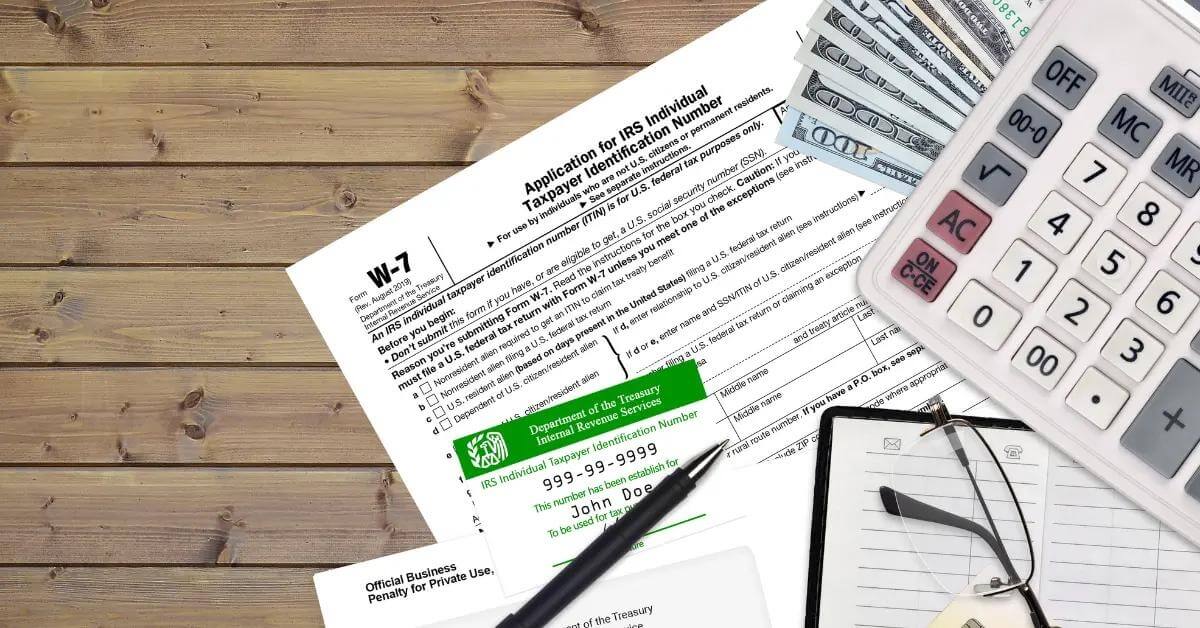The Internal Revenue Service (IRS) bestows few generosities upon the American taxpayer, but standard mileage rates are considered one of the best. Using a vehicle is often necessary in today’s busy culture, and deducting the expense of obligatory daily trips, is something many taxpayers depend on.
Some people deduct their travel expenses using the actual cost of operation. Other people use the IRS’s standard mileage rate, usually to avoid keeping copious financial records and piles of receipts. Standard mileage rates, also known as deductible mileage or mileage per diem, are the IRS’s default cost per mile for those who deduct the expense of using a vehicle for business, medical, or charitable purposes. The rate is different depending on the purpose of the travel and is adjusted annually by the IRS.
The best way to save money at tax time is to stay abreast of all the newest information. This guide will walk you through the fundamentals of standard mileage rates, how to calculate them, and how to find the biggest deduction possible.

Understanding the Standard Mileage Rate
Many IRS policies change every year. The restrictions, exemptions, and inclusions for any deduction also change frequently. Getting your vehicle expenses reimbursed means you must fully understand the requirements of the standard mileage rate deduction. Here are the points you don’t want to miss:
It Varies
The deductible mileage rate varies with each allowable use, and the IRS changes it every year. It is up to you to know the rate and how it applies to your usage.
Standard Mileage Rate for Business
The rate for business travel expenses has dropped from 57.5 cents per mile in the 2020 tax year to 56 cents per mile for 2021. Deductible business miles include driving to work-related functions, meeting clients, and going to job sites.
Standard Mileage Rate for Medical Purposes
Any miles driven for medical purposes can be deducted at 16 cents per miles driven, a 1.5-cent drop from rates in 2020. Deductions for medical travel include mileage to the treatment center, Uber, Lyft, other rideshare or taxi fare, and toll fees.
Standard Mileage Rate for Charitable Service
Any mileage accumulated during service for a charitable organization can be reimbursed at 14 cents per mile. There is no change from previous years because the rate for this deduction is set in statute.
Standard Mileage Rate for Moving Expenses
Only qualified members of the armed forces in active duty can claim the 16-cent rate for moving expenses.
The best rule to keep in mind about these rates is that most of them will change yearly. Consult with the IRS website or a tax attorney to ensure that you’re applying the rate correctly and getting the benefits you deserve.

How to Calculate and Claim Standard Mileage Rates for 2021
Calculating standard mileage rates for your deduction is a lot easier than using the actual expense method, which requires diligent record-keeping throughout the year. Gather your mileage numbers and follow these simple instructions:
1. Decide on the Total Number of Deductible Miles Driven
The IRS defines the total number of deductible hours as travel related to business, medical, or charitable destinations only, with the exception of moving expenses for active-duty armed forces. You must keep track of the miles you drive to and from all purpose-related meetings all year. Add them all together to find the total number of deductible miles driven.
2. Multiply by Standard Mileage Rate to Determine Your Deduction
The total number of deductible miles driven is multiplied by the current year’s standard mileage rate for your purpose. Driving 30,000 miles for work service, for example, would mean multiplying that number by 57.5 in 2021. The result is the value of your deduction.
3. Claim Your Deduction
Place the value of your deduction on Line 9 of Schedule C. Mileage totals go on Part IV, Line 44.
The standard mileage method of deduction is easier and faster than the actual expense method, but it can sometimes end in a smaller deduction. It’s a good idea to calculate your deduction both ways to see which is more beneficial.

Standard Mileage vs. Actual Expense
Both standard mileage and actual expense are equally acceptable methods to get your mileage deduction. Each has its pros and cons. Here are some of the significant differences to keep in mind:
- The actual expense method is considerably more complicated because it entails more detailed records, but it can also net a bigger deduction. Some people, however, prefer not having to stress over the calculations, so they accept the smaller deduction.
- You can deduct expenses related to the use of your vehicle using the actual expense method. That includes costs for expenses such as registration fees, insurance, repairs, gas, oil, and maintenance. Those costs are already factored into the standard mileage rates.
- The standard mileage rate method is easy to do and is a quick, low-stress way to get a decent deduction, even if it’s a bit lower.
- The type and condition of the vehicle you use play a part in which method works best. The standard mileage rate is the same no matter how much the vehicle is worth. An inexpensive vehicle could bring a larger deduction with the standard mileage rate method.
Getting the most out of the mileage deduction is an excellent money-saver for most taxpayers. Many people count on it to benefit themselves and their families for the rest of the year.
It is vital to have up-to-date information and accurate calculations before you file your mileage deduction. Don’t hesitate to seek out answers if you’re uncertain about any part of the standard mileage rates. An error could cost you hundreds of dollars or more.

Get Help to Calculate Your Biggest Deduction
The IRS changes rules and requirements regularly, so professional guidance can be just the thing you need to find the most advantageous deductions available. Silver Tax Group has a team of professionals with the expertise to keep your taxes to a minimum and keep the IRS from making your life unpleasant.
Contact Silver Tax Group to speak to a tax attorney about the standard mileage rate or other taxation questions.








